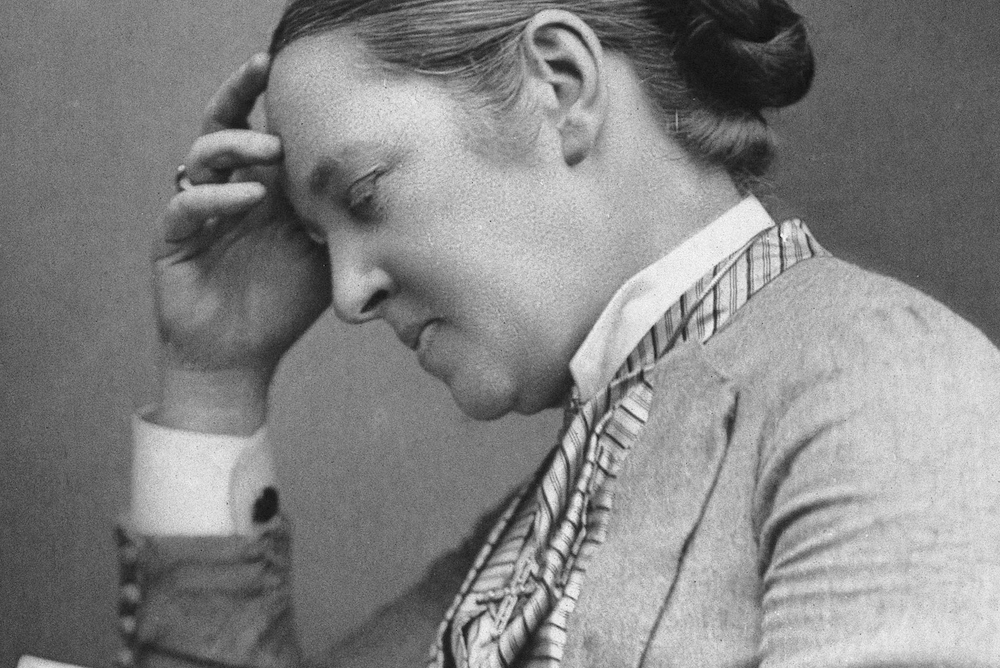 Emily Bailey is a GPST2 in Lewisham. She has interests in clinical research, medical education and medical publishing, and is a Contributing Editor for BJGP Life.
Emily Bailey is a GPST2 in Lewisham. She has interests in clinical research, medical education and medical publishing, and is a Contributing Editor for BJGP Life.
In celebration of the 101st International Woman’s Day, 8th March 2020.
Throughout the last century we have witnessed major advancements for women in the UK, but gender inequalities continue to exist in the workplace. The NHS, established with the intent to treat everyone equally, is no exception. On average, female GPs — who now make up more than half of our workforce — continue to feel undervalued, hold less senior roles, and receive lower pay when compared to men. Thus, as a profession, our responsibility is no longer to improve access to medical school, but to ensure that the female workforce fulfils their potential once in employment, feels supported and appropriately financially remunerated whilst at work, and that women doctors are able to reach senior positions if they want to.
Despite women traditionally taking caring roles within society, it is only in recent years that they have been permitted to do so within a professional capacity. Elizabeth Garrett Anderson was Britain’s first formally qualified and recognised female doctor; she founded the New Hospital for Women in London in 1872 and four years later the Enabling Act formally allowed women to enter medical professions in England. Since then, the number of women entering medical school has increased significantly — 50 years ago women accounted for less than one fifth of the medical workforce and today they represent nearly half.(1) The medical profession may be the first previously male-dominated sector to achieve parity; the majority of qualified GPs are now female, and — following this trend — the majority of all doctors are soon set to be women.
Women more frequently experience harassment — both from patients and colleagues.
Just under a third of consultants are female compared to more than half of training grade doctors and 40% of GP partners are female vs 68% of salaried GPs. There are fewer senior female clinical academics, for example Deans of medical schools, and while half of those who get doctoral degrees in the US and Europe are female, less than one in five are professors. Likewise, women continue to be under-represented in key medico-political roles.(4,5) One argument here is that more women work part-time, and it is difficult to be a part-time leader. They may lack the time necessary to invest in extracurricular CV-building activities alongside already busy clinical roles. The choice to work part-time may be influenced by societal expectations that women remain responsible for the majority of childcare commitments, household chores, and family duties. We are effectively now trying to maintain our old societal roles while fighting to have a chance at these new professional ones.(6)
The inequality in pay is likely to further damage the morale and motivation of our female workforce.
It has long been acknowledged that we need many more doctors, and we must be better at retaining those who are already trained. We invest nearly a quarter of a million pounds in training every doctor — we cannot waste these precious and limited resources.(1) With women set to represent the majority of GPs, we must ensure that they feel respected, valued and motivated. We must have a zero tolerance policy for verbal, physical and sexual harassment. We must make working patterns more flexible to ensure that all doctors can navigate their career alongside their other social roles as a parent or a partner. We must not financially penalise those who choose to have a family, or combine clinical work with other interests, and we must hold regular gender pay reviews to ensure that we close the gender pay gap. If we do not rectify these wrongs, we risk losing valuable and hard-working members of our already dwindling GP community.
References
1. Baroness Deech, ‘Women doctors: making a difference, Report of the Chair of National Working Group on Women in Medicine, presented to Sir Liam Donaldson, Chief Medical Officer’, Department of Health, October 2009.
2. Beth Gault, ‘BMA culture ‘treats women as of less importance’ finds sexism report’, Pulse. http://www.pulsetoday.co.uk/news/all-news/bma-culture-treats-women-as-of-less-importance-finds-sexism-report/20039538.article (Accessed 3rd March 2020).
3. M Schneider & SP Phillips, ‘A qualitative study of sexual harassment of female doctors by patients’, Social Science and Medicine, 45(5):669–676, 1997.
4. Medical Women’s Federation: http://www.medicalwomensfederation.org.uk/about-us/message-from-the-president (accessed 18th February 2020)
5. ‘Women and medicine: the future. Summary of findings from Royal College of Physicians Research’, Royal College of Physicians 2009.
6. Jane Dacre, ‘Women in medicine – whatever next?’, The Lancet, 373(9673): 1417-1418, 2009.
Featured image: Elizabeth Garrett Anderson from Wikimedia Commons: https://commons.wikimedia.org/wiki/File:Elizabeth_Garrett_Anderson.jpg






